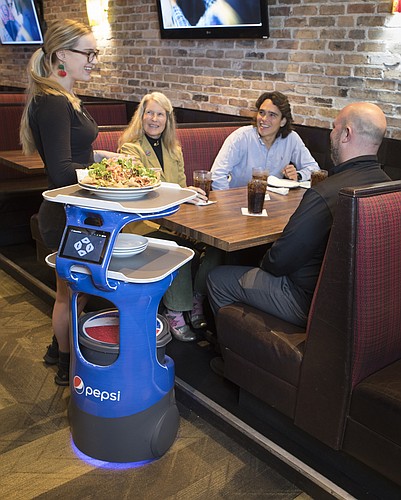- December 13, 2025
-
-
Loading

Loading

Choosing a robot over a human has long been tough pill to swallow for many restaurant owners and operators. For good reason: it's a service-first, people-centric business.
But several popular restaurant chains in the region, in addition to national fast-food chains, are jumping into the world of bots. If not to replace human employees, to lend a big (robotic) hand in the current labor crisis, and for some, maybe beyond. It helps, of course, that a comparison in salary and benefits between man and machine is no contest. “[Robots] don’t need to have a vacation or a break,” says Cihan Cobanoglu, the McKibbon Endowed Chair at the University of South Florida Sarasota-Manatee campus, noting many of them are available for shifts 24/7.